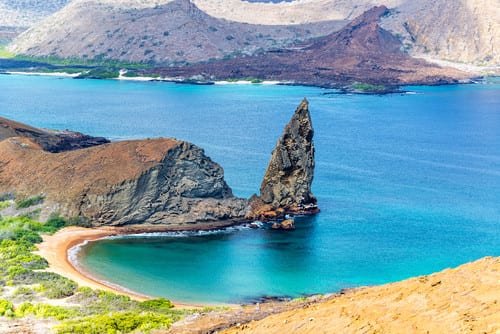Earlier this week, an international team of marine scientists discovered 30 new species in deep water surrounding the Galapagos, as announced by the Ecuadoran archipelago’s national park authorities. Scientists from the Charles Darwin Foundation (CDF), in association with the National Park Directorate and the Ocean Exploration Trust, probed deep-sea ecosystems at depths of up to 3,400 meters using state-of-the-art Remote Operated Vehicles (ROVs). The two ROVs involved in the expedition were Argus and Hercules. They were operated from the 64-meter Nautilus, the same exploration vessel which carried out the deep-sea probe in 2015.
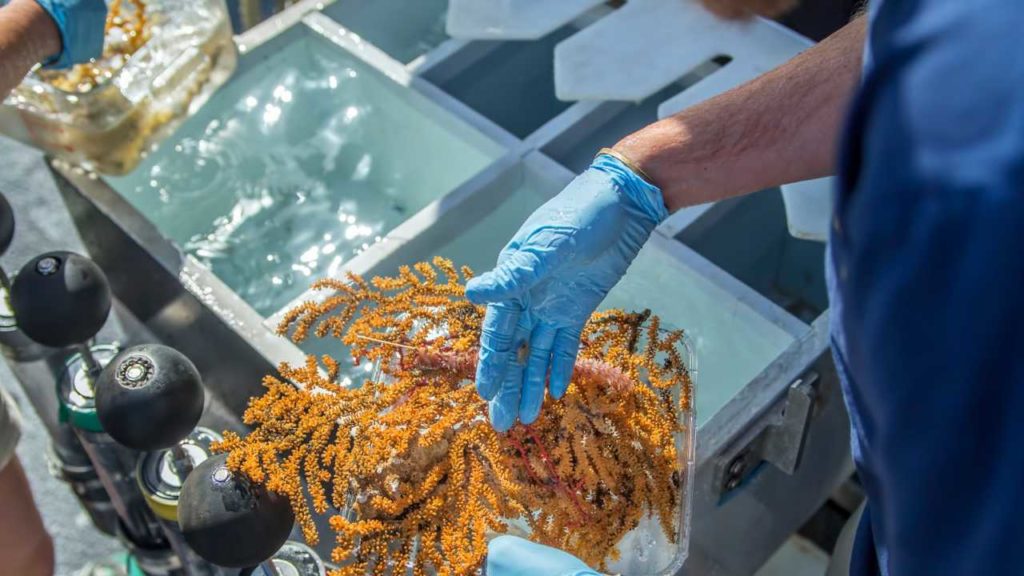
During the exploration, the scientists discovered as many as 30 organisms that were new to science. The list included ten bamboo corals, four octocorals, eleven sponges, one brittle star, and four new species of crustacean known as squat-lobsters.
“These discoveries include the first giant solitary soft coral known for /the Tropical Eastern Pacific, a new genus of glass sponge that can grow in colonies of over one meter in width and, colourful sea fans that host a myriad of associated species,” CDF said. The expedition also disclosed a series of underwater communities of crystal sponge gardens, coral gardens, and cold-water coral colonies, which are labelled as “Vulnerable Marine Ecosystems” by the UN.
In the words of Dr Nicole Raineault, chief scientist of the Ocean Exploration Trust, “The many discoveries made on this expedition showcase the importance of deep-sea exploration to developing an understanding of our oceans.” She further added, “Since we never know what we’re going to find, we utilize land-based scientists who watch the ROV dives from home and communicate directly with the shipboard team in real-time, to help determine what is truly new and worthy of further investigation or sampling.’’
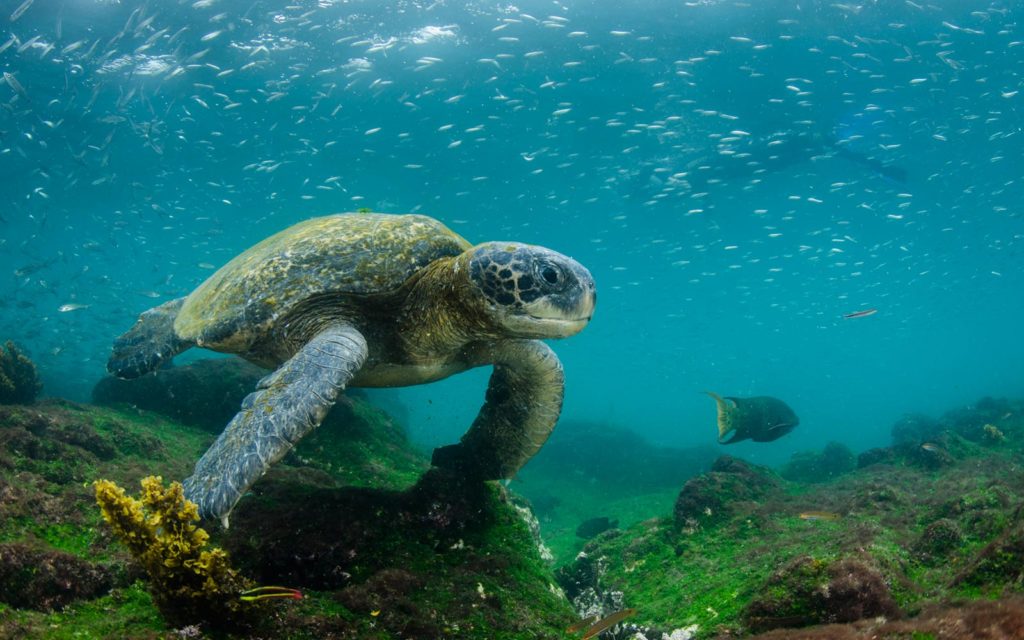
Deep-sea exploration in Galapagos
The Galapagos archipelago, located 1,000 (620 miles) west of Ecuador, is a fragile ecosystem and is believed to be home to the largest number of different animal species on the planet. Its pristine ecosystem is home to countless unique creatures, many of which cannot be found elsewhere in the world. Hence in 1978, Galapagos was declared a UNESCO World Heritage Site.
Since time immemorial, the depths of Galapagos have been known to harbour the largest number of different animal species on the planet. The deep-sea experts have discovered new species of invertebrates that consist of fragile corals and sponges, along with new crustacean species.
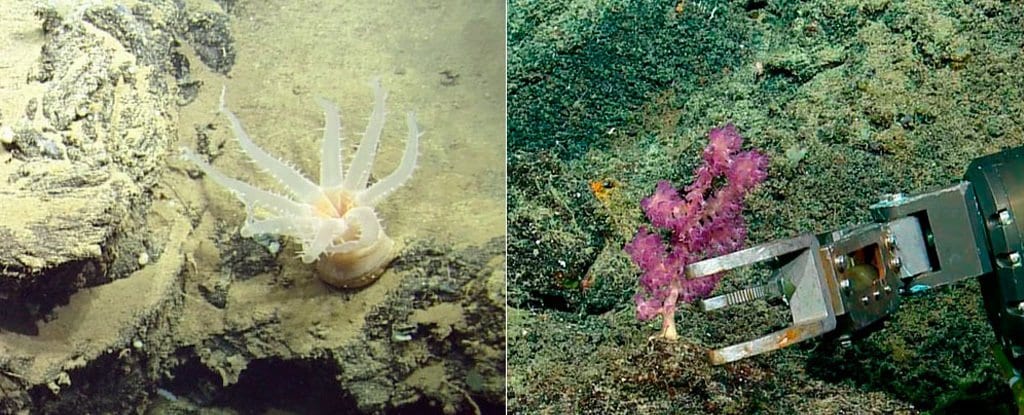
Once again, this expedition serves as a gentle reminder of our limited knowledge about the deep sea. According to the US Department of Commerce’s National Oceanic and Atmospheric Administration (NOAA), while oceans cover more than 70 per cent of the planet’s surface, “more than 80 per cent of this vast, underwater realm remains unexplored, unmapped and out of observation.”
In the words of Michael Vecchione, a biologist with the Smithsonian Institution, “Basically, we know so little about the deep sea that we don’t even know what we don’t know. A lot of things are still being discovered purely by chance or accidentally”
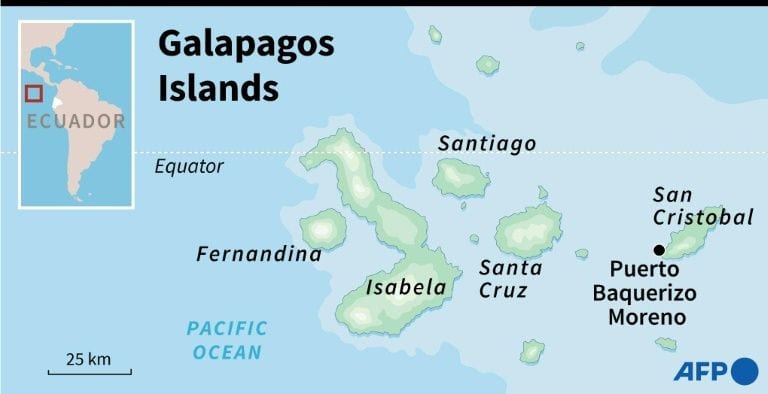
Pelayo Salinas-de-León, who lead the study, described the deep sea as the “Earth’s last frontier.” He further added, “These pristine seamounts are within the Galapagos Marine Reserve and are protected from destructive human practices, such as fishing with bottom trawls or deep-sea mining, that are known to have catastrophic impacts upon fragile communities. Now, it is our responsibility to make sure they remain pristine for the generations to come.”
Published in Scientific Reports, the study was conducted by the Ocean Exploration Trust, the Charles Darwin Foundation (CDF) and the Galapagos National Park Directorate. The Galapagos expedition for the very first time explored three steep-sided underwater mountains, or seamounts, near the islands of Darwin and Wolf, situated north of the archipelago. The area is home to the world’s largest shark population.
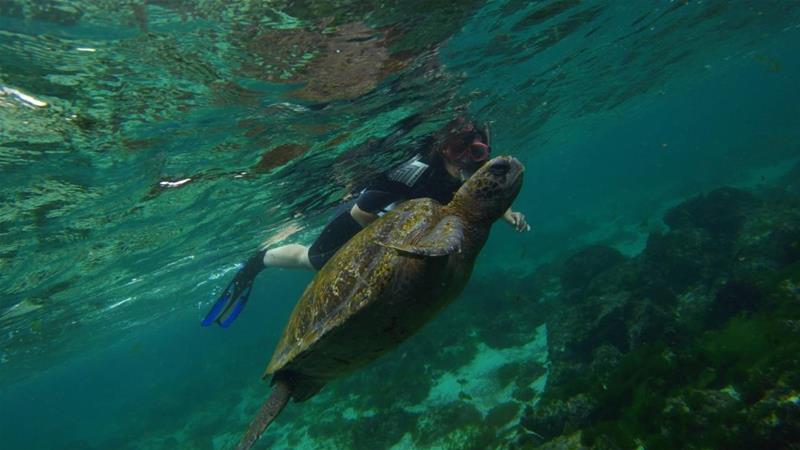
The news came when Ecuador raised concerns about the presence of massive Chinese fishing ventures near the protected waters surrounding the islands. A sum total of 340 ships were reported to have been spotted in the area, Ecuador’s navy said, comparing with some 260 reported last month.
Rear Admiral Darwin Jarrin, Ecuador’s navy commander, stated that the navy had approached Colombia and Peru to share information and seek a regional answer to the vessels, most of which can hold up to 1,000 tonnes of catch. According to reports, Ecuador and China have begun negotiations about the fishing fleet. Yolanda Kakabadse, Ecuador’s former minister of the environment, told that the Galapagos should be “the last place on Earth to be affected by irresponsible actions of any sort”.
Further reading:


